About Lister Cars
In 1954, driver Brian Lister created the first racing model under the Lister name, using an MG engine in his own design. Over the years, the team has achieved several victories with its own models equipped with MG, Bristol, Maserati, Jaguar and Chevrolet engines.
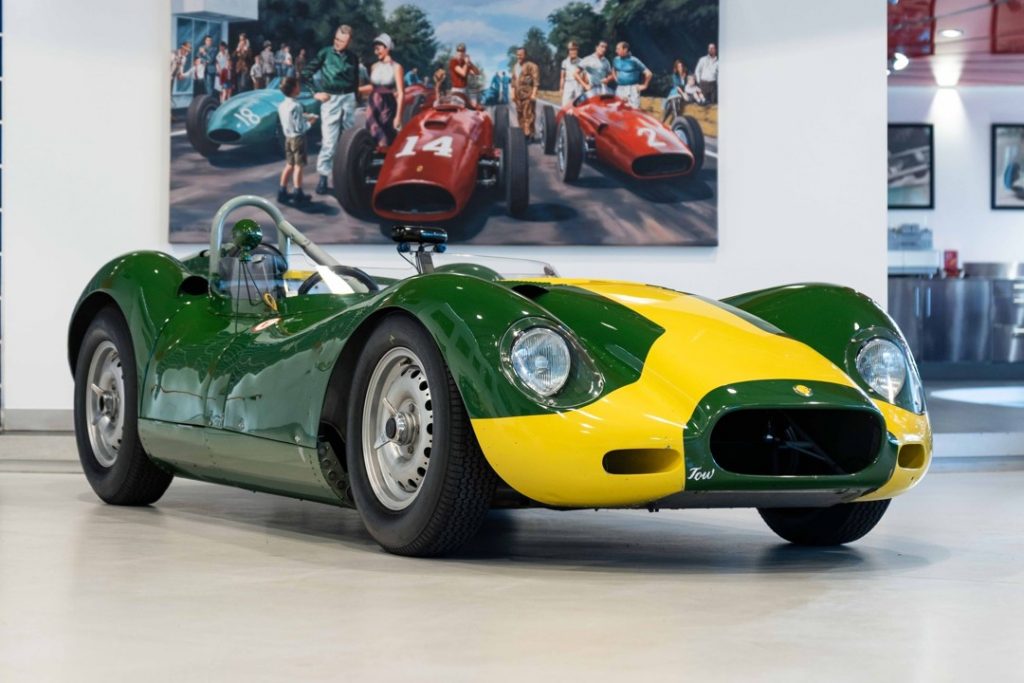
In 1986, after a period of inactivity the company returned with engineer Laurence Pearce, preparing Jaguar XJS models, building around 90 of these cars.

The road going Storm
Production of the Lister Storm began in 1993, and the model was equipped with the largest V12 engine found in a street car after the Second World War, a unit derived from that used by Jaguar in the XJR models that competed in the 24 Hours of Le Mans.
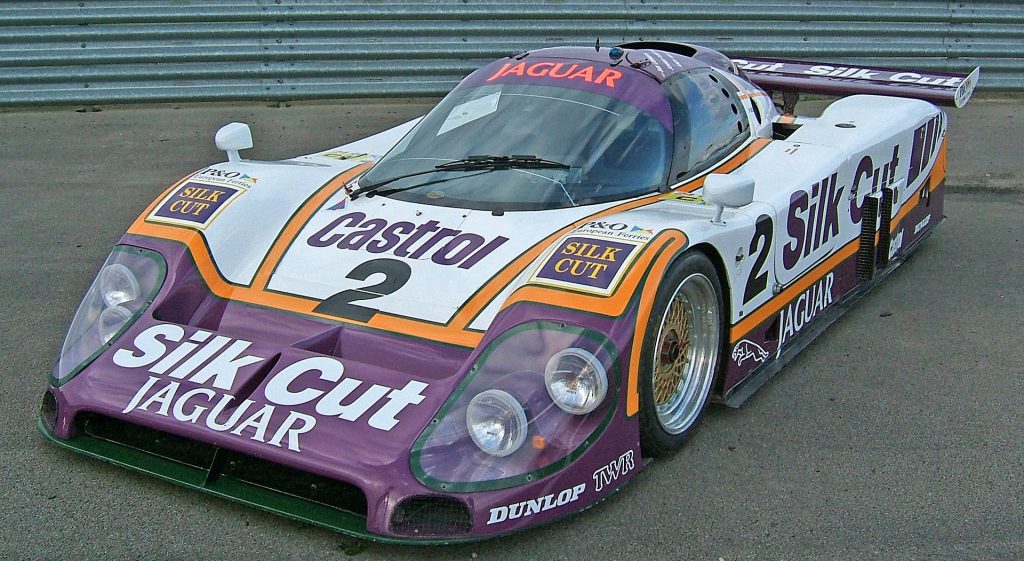
In the street model, this engine produced 546 HP of power and 80.5 kgf.m of torque, which made the 1664 kg model the fastest four-seater car in the world until the launch of the Brabus Rocket, in 2006.

However, just a powerful engine was not enough. The car was built on a space structure made of aluminum which, according to the factory, has better impact absorption in the event of an accident compared to carbon fiber, despite being heavier and providing less rigidity to the structure. According to Laurence Pearce, this structure was to be built by taking the dimensions of the engine as reference points, then the windshield was positioned, which gave the positions where the A and B columns should be placed. The transmission was then coupled to the engine, this being a 6-speed Getrag unit (similar to that found in the BMW 850Ci).
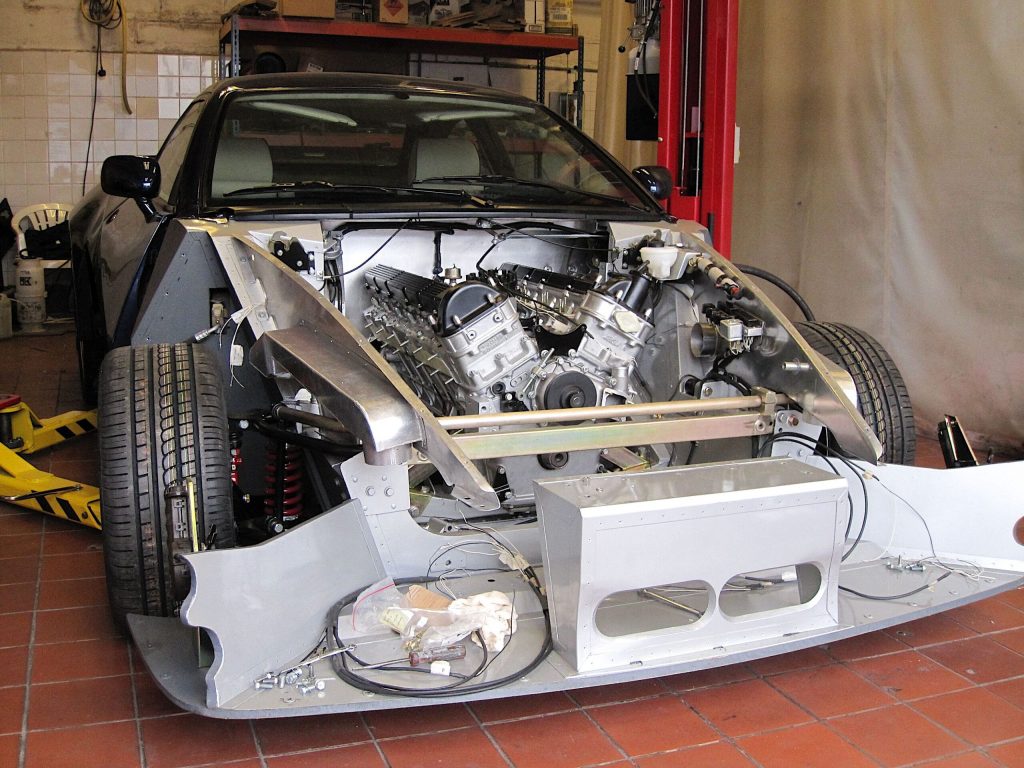
The body design was in charge of Mike Hughes, and the first prototype had an aerodynamic drag coefficient of 0.35, something not very impressive for this type of vehicle, but after some adjustments the series vehicle had a Cd of 0.32. The vehicle’s strong point, however, is its interior, rich in leather and wood, which can comfortably accommodate 4 people and a good amount of luggage, making it a legitimate GT 2+2.

The initial plan for the project was to only fulfill orders, so that all parts could be easily obtained from suppliers and without spending large amounts of money on the project, implying that the sale of just 3 or 4 units would already result in a profit.
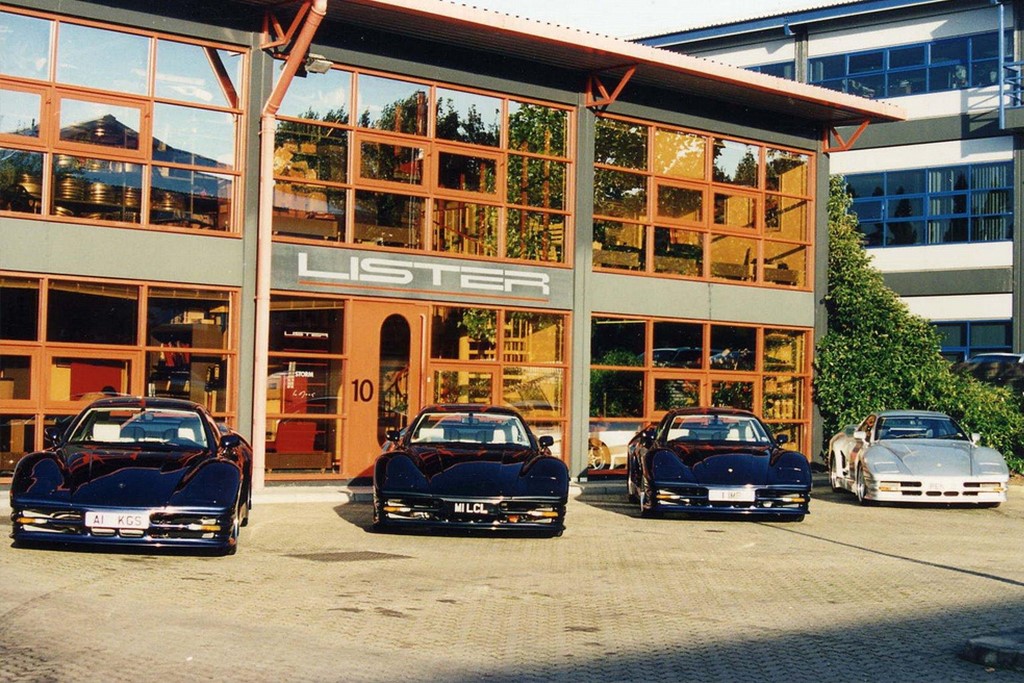
And this is one of the parts where the Storm’s history becomes cloudy: according to the Lister website, only four street examples were manufactured, while the exotic car sales website Shmoo Automotive lists that 8 cars were manufactured, 2 of which were exported while two others were transformed into competition cars.
- 001 – Ex-Malcom Detchon – green car, sold in 2018
- 002 – Exported to Brunei
- 003 – Exported to Brazil
- 004 – United Kingdom – Dark blue car, originally sold to the North West of England when new
- 005 – United Kingdom – Converted into a racing carida
- 006 – It was for sale on the Shmoo Automotive website
- 007 – Whereabouts unknown
- 008 – Originally sold to Hans K Rausing. In 1998 it was converted into the yellow and green racing car, which later ended up in Brazil with the Capuava Racing team.
Two of the Storms were owned by Brazilian Alcides Diniz, a street model and a competition model, which participated in the Mil Milhas Brasileiras in 2002, 2005 and 2006, a story that we will cover in greater detail below.
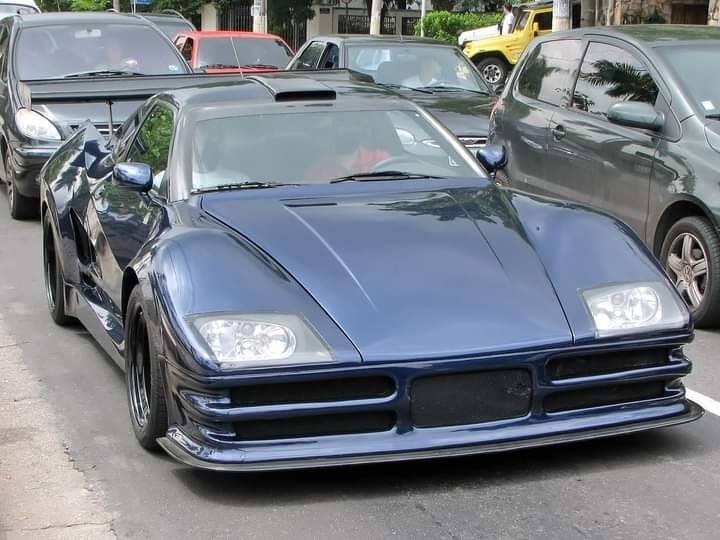
Regardless of the number of models actually manufactured, the low number of models sold was mainly due to their high price of £219,750.00, around 70,000 more than a Ferrari 456GT at the time.
The Storm in motorsports
All of the Storm’s fame is due to its performance in competitions, as the vast majority of these cars were produced for use in automobile competitions. With the rise of competitions involving GT cars after the end of Group C, several manufacturers saw the competitions as an excellent showcase for their models, leading to the golden age of GTs.
Lister Storm GTS
In 1995, the Lister Storm GTS debuted at the 24 Hours of Le Mans in the GT1 class, competing with the McLaren F1, Jaguar XJ220, Ferrari F40 and Porsche 911 GT2. In this first attempt, Geoff Lees, Rupert Keegan and Dominic Chapell were chosen as drivers, and the result was a disappointing retirement on lap 40 due to a transmission problem.
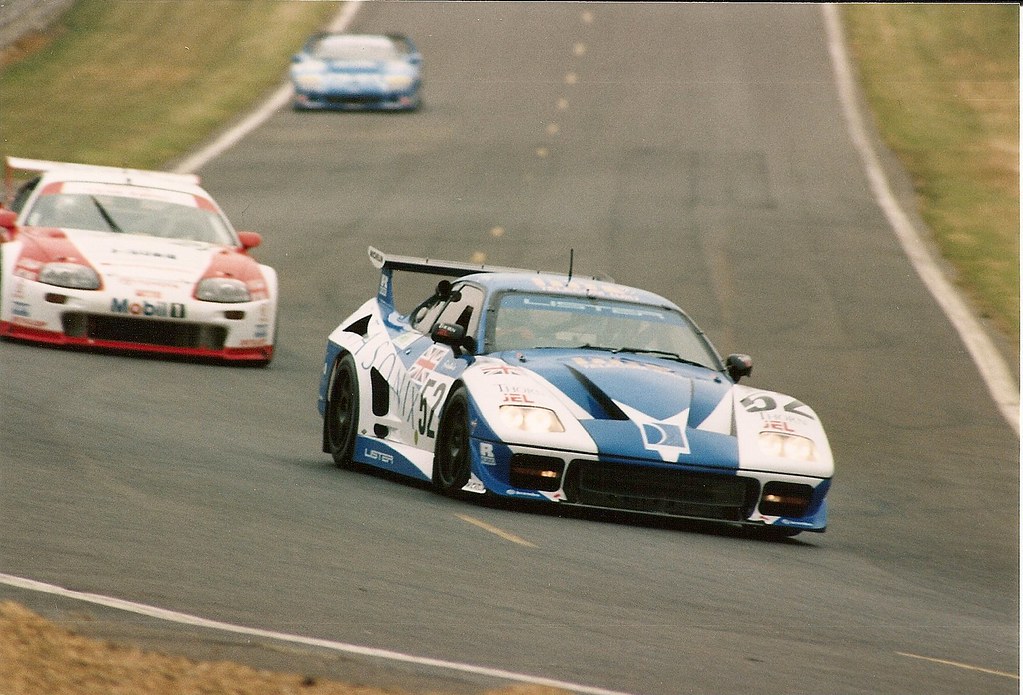
In 1996, a test was carried out at the 24 Hours of Daytona in preparation for Le Mans, with drivers Tiff Needell, Kenny Acheson and Geoff Lees, which resulted in another retirement, due to a collision with another competitor that sent the Lister into a spiral. into the air, with extensive damage to the car, but from which driver Kenny Acheson managed to walk away.
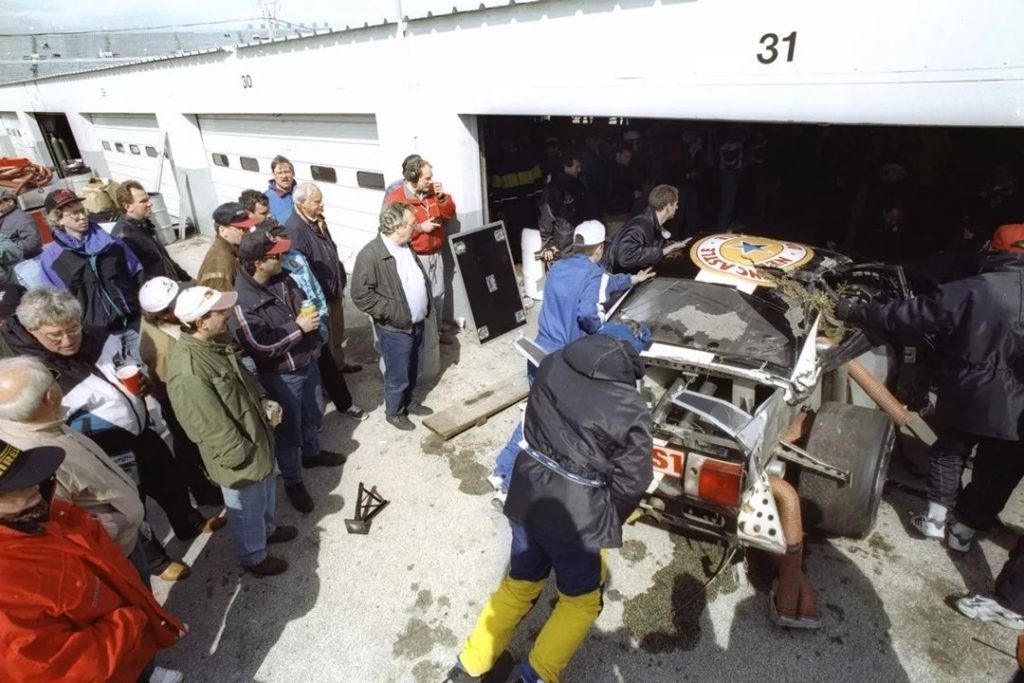
For Le Mans a new car needed to be built, finally completing the race, but in a disappointing 19th place, driven by Needell, Lees and Anthony Reid. After this result, the team decided to participate in the BRP Global GT Series, where despite having demonstrated speed, it failed to finish all the races it competed in.

Lister Storm GTL
In 1997, Lister redesigned the Storm with a longer, more aerodynamic rear and rear end, aiming for better performance to take on the new Mercedes-Benz CLK-GTR and Porsche 911 GT1. This model, called Storm GTL, won 19th overall in the 24 Hours of Daytona (and 4th in the GT1 class).
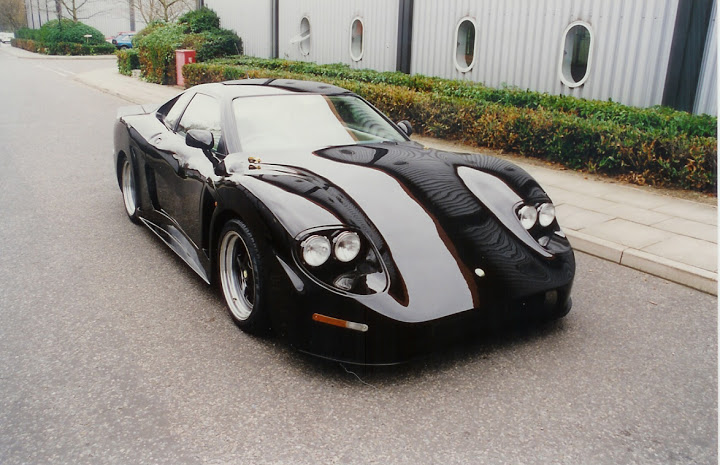
Two cars were entered for the 24 Hours of Le Mans, both abandoning on lap 77. A Storm GTL would still participate in the Sebring and Laguna Seca FIA GT races in 1997, abandoning both races. In the British GT championship, the situation was a little better, with the best result being a victory in the third stage of the British GT championship, at Donington, driven by Jake Ulrich and Ian Flux.
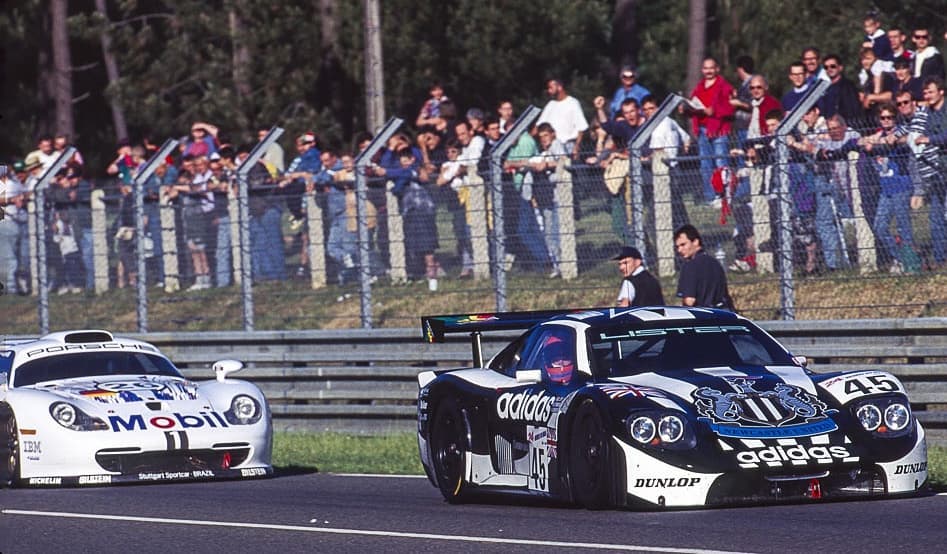
In 1998, a failure in the ignition system at the 24 Hours of Daytona meant that the team was unable to qualify for Le Mans, and Lister then decided to work on a new model that would fit into the FIA GT GT2 class regulations: the Storm. GT. Meanwhile, the GTL model continued to compete in the British championship, taking victories at the Snetterton and Silverstone stages of the 1998 season..
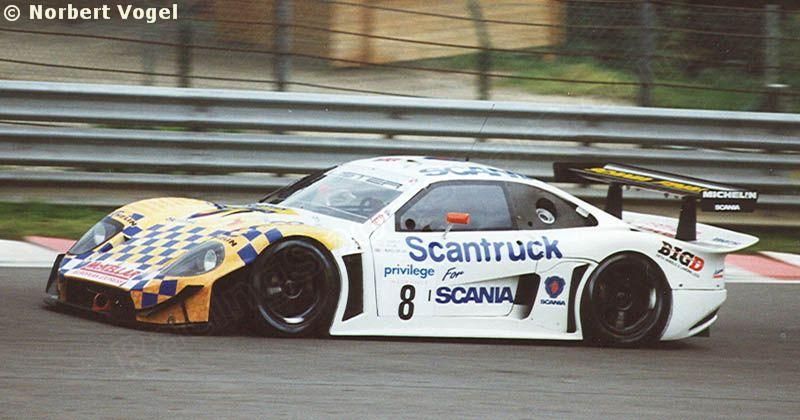
Despite the collapse of the GT1 class in the FIA GT in 1999, in the British championship the GT1 models still had space, and this season the Storm GTL had its moment of brilliance, achieving 7 victories in 11 stages at the hands of the duo Julian Bailey and Jamie Campbell- Walter, resulting in the GT1 class title against fierce competition that included models such as the McLaren F1 GTR, Porsche 911 GT1 and Sintura S99 GT1.
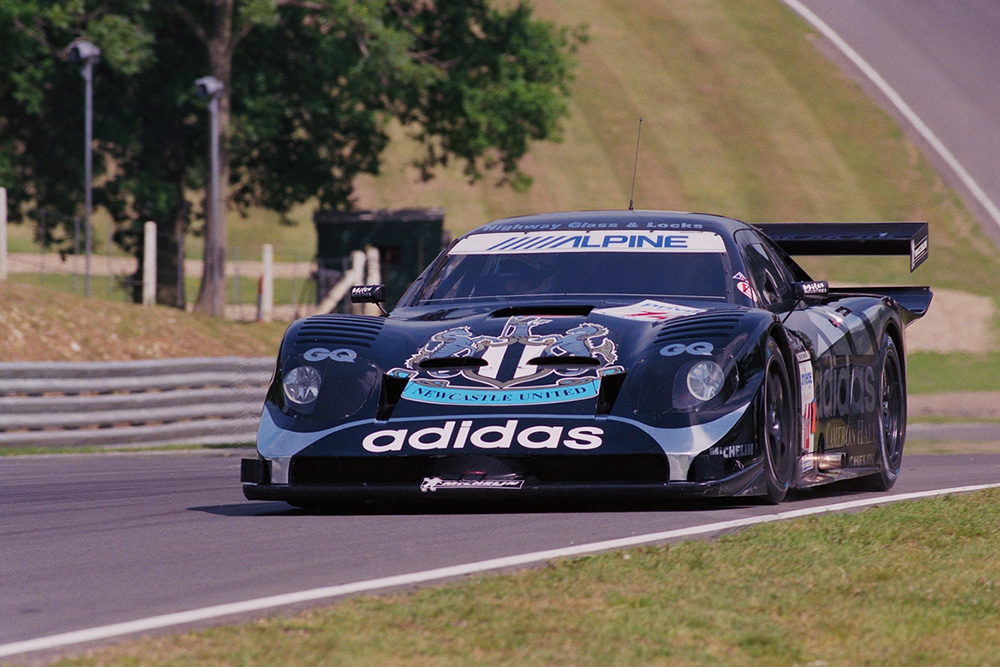
Lister Storm GT
After a difficult start to the season in FIA GT, mainly due to the lack of development of the new car, the team finally started to get results, with a fourth place in Hockenheim, a third in Zolder and a second in Donington, which gave the team fifth place in the championship.
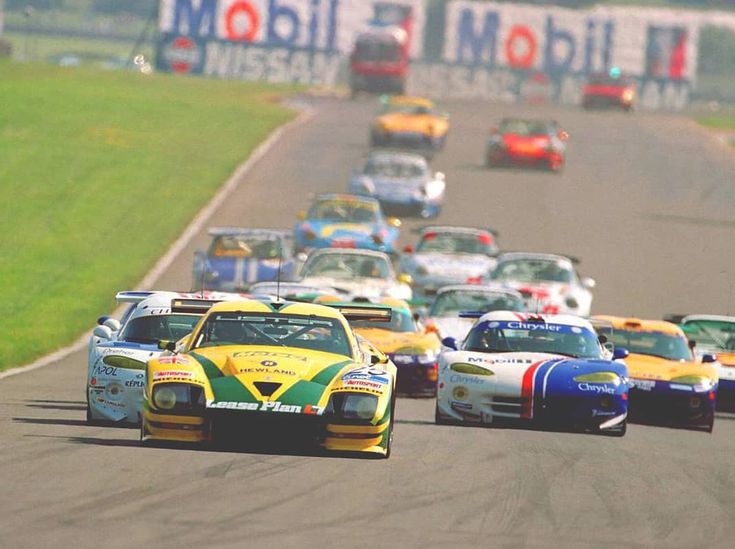
In the British GT championship, two Lister Storms were entered, also resulting in 7 victories out of 11 stages, and the GT2 category title for driver David Warnock, completing a double title in the GT1 and GT2 classes for Lister.
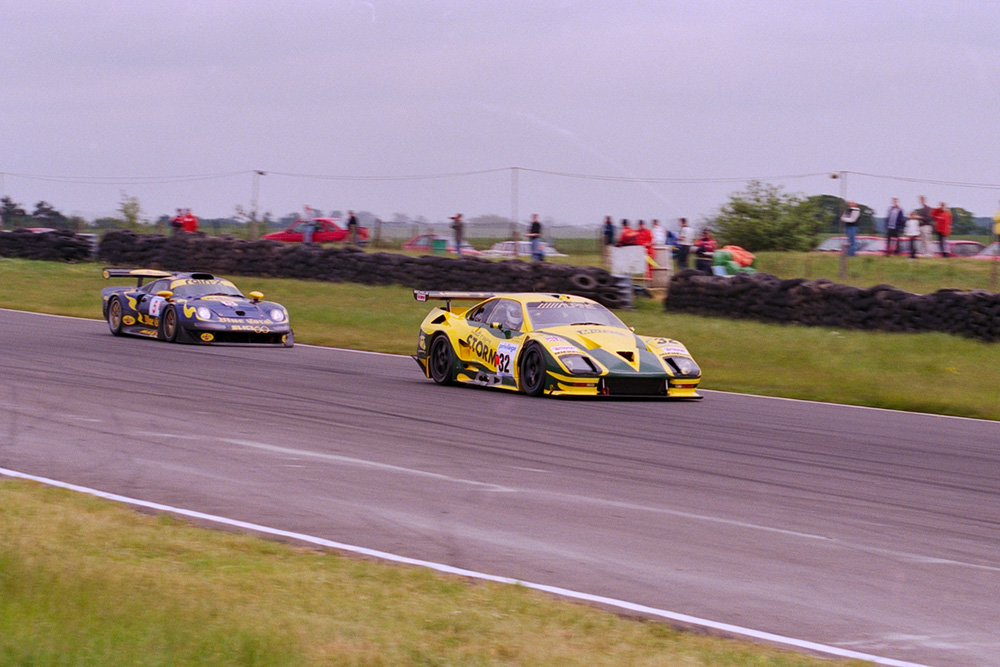
In 2000, the announcement of Team Oreca’s withdrawal eliminated competition from a factory team, leaving the team only to compete with the Viper GTS/R from private teams. Confirming expectations, the first stage of the championship in Valencia resulted in victory. Four more followed, all by the duo Julian Bailey and Jamie Campbell-Walter, confirming the FIA GT title for the duo.
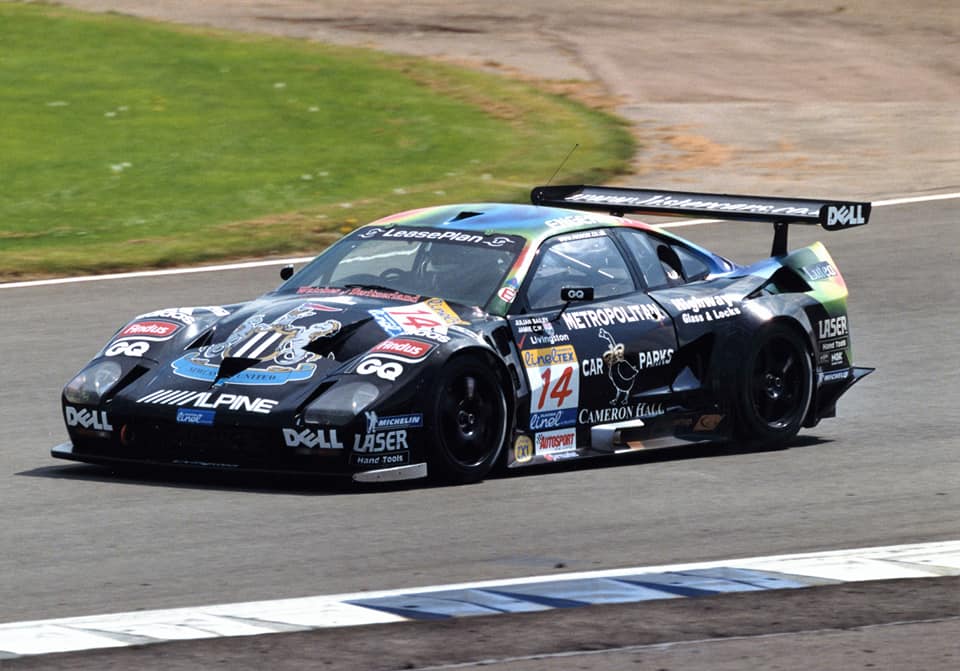
In addition to success in FIA GT, in 2000 the Lister Storm GT achieved 9 victories in the British GT Championship, both for the factory team and for the Cirtek Motorsport team, winning runner-up in the GT class with David Warnock, in addition to 2 more victories in the Spanish GT championship.
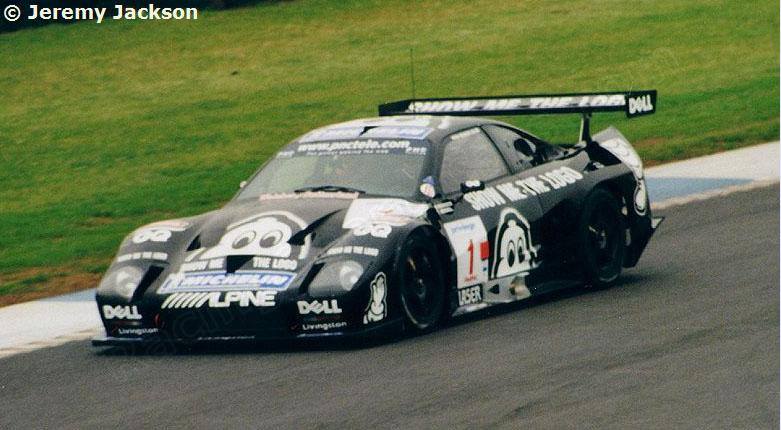
After this title, Lister came as favorite in 2001 for the FIA GT and, despite obtaining 3 victories in the season (Monza, Magny-Cours and Nurbürgring), finished the championship in third, behind the Larbre Competition and Carsport Holland teams.
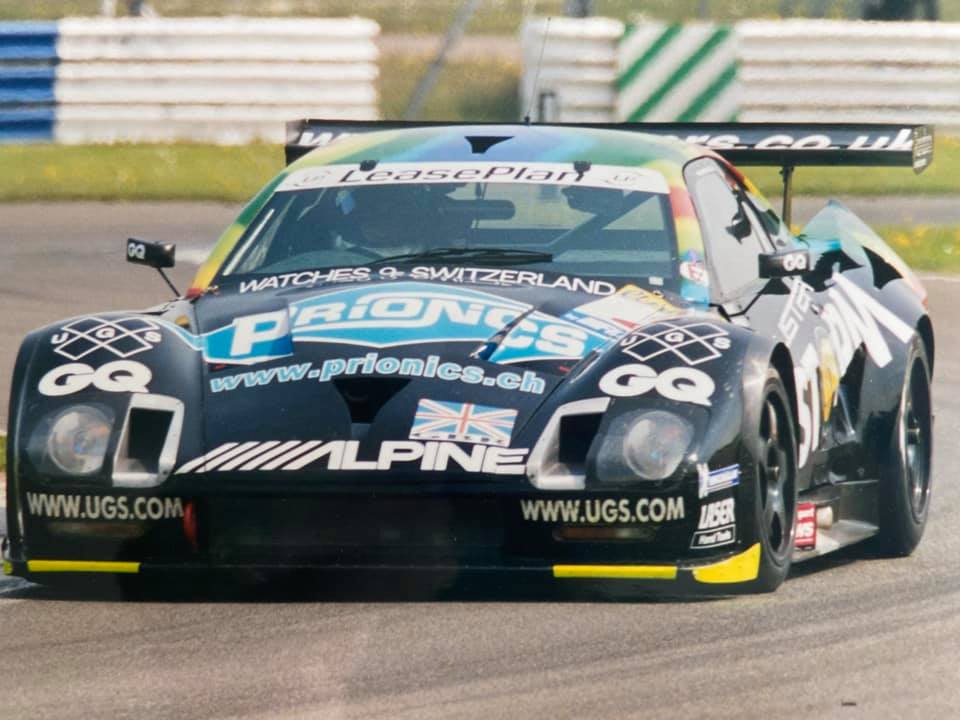
In the British championship, the duo David Warnock and Mike Jordan achieved 8 victories in 13 stages and the title in the GT class, against fierce competition from cars such as the Viper GTS/R and TVR Cerbera Speed 12.
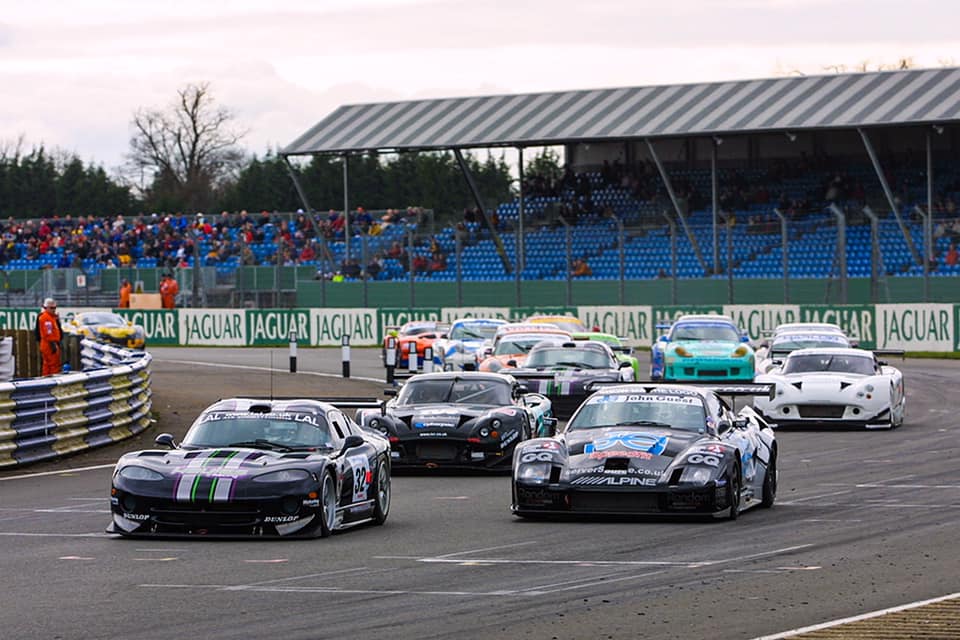
In 2002, three more victories were achieved in FIA GT (Magny-Cours, Brno and Pergusa), which resulted in a runner-up for teams and for drivers Jamie Campbell-Walter and Nicolaus Springer, again behind Larbre Competition’s Viper . The same number of victories came in the British Championships (Donington, Castle Combe and Donington again), resulting in another runner-up, for the duo Mike Jordan and David Warnock.
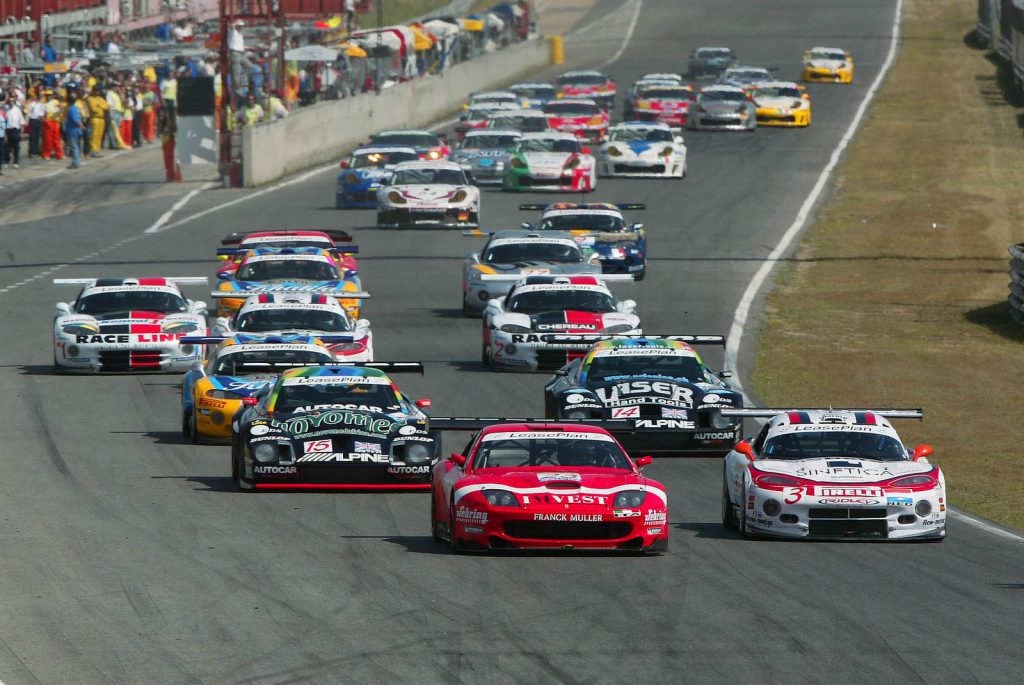
In 2003, in addition to the two official team cars, the Creation Autosport team also entered the FIA GT championship. The factory team managed just one victory, once again finishing runner-up in the teams’ championship, while Creation Autosport was in fourth place, but the arrival of cars such as the Ferrari 550 GTS and Saleen S7R began to show the weight of the age of projects such as the Lister Storm and Viper GTS/R.

At that time, Lister changed the focus of its attention to the LMP1 category at Le Mans, appearing only in a few races in the 2004 FIA GT season, while Creation managed only an eighth place in the general classification, also deciding to move to prototypes. of Le Mans. The best performance came in the Italian GT Championship, where the duo Stefano Zonca and Angelo Lancellotti obtained 3 victories in the general classification (Monza, Mugello and Misano), also marking the Storm’s last victories in competitions.
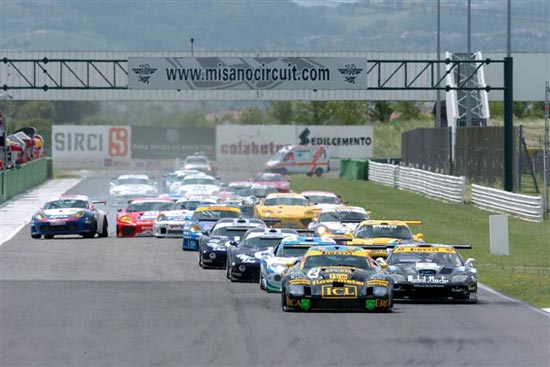
The year of 2005 saw a modest performance from the factory team against the Ferrari 550 GTS and the brand new Maserati MC12, getting just 1 point and a 15th place in the teams’ championship. After this result, Lister Cars decided to concentrate 100% of its efforts on the Lister LMP, definitively abandoning the FIA GT. Again, the best results for the Storm came from the Italian GT Championship, where the car of Stefano Zonca and Andrea Belicchi achieved a 4th and a 5th place at the Hungaroring and Vallelunga respectively.

In 2006, the only Lister active in competition were the car from the Brazilian team Capuava Racing, which qualified but did not start in the Mil Milhas, and a GTM model taken over by the Creation Autosport team and later by Red Racing, competing in the French GT championship. FFSA, achieving a best result of 9th place in the third stage, held in Dijon. As of 2007, no Lister Storm have participated in national or international competitions.

Lister Storm chassis #008, Gran Turismo and Brazil
Now that we know the history of the Lister Storm, let’s also know the history of a particular chassis, which began its life as one of the seven (or eight) road cars, sold to Hans K. Rausing, from London. However, in 1999 Lister reacquired the car, transforming it into a competition model following the FIA GT2 regulations.

Interestingly, in Gran Turismo 2 the Storm could only be purchased in the street version, which could then be modified for racing, transforming into the famous yellow and green car, just like the real competition model.
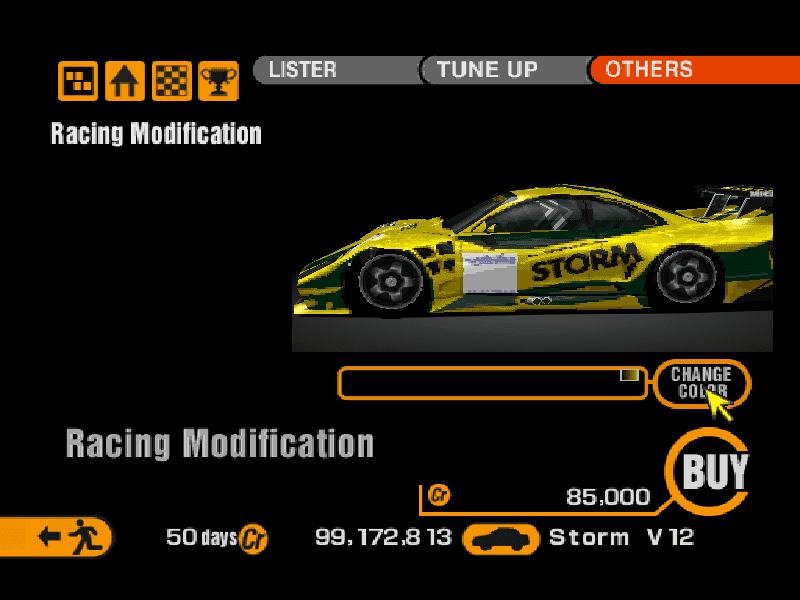
This particular chassis was used in both the British Championship and FIA GT by the Lister factory team, taking 2 pole positions in the Zolder and Donington stages of the FIA GT, as well as a fourth place overall (and victory in the GT2 class), in the English Championship Snetterton.
In 2000, the same chassis was sold and started to compete in the Spanish GT Championship, winning both heats in the first stage, held at the Autódromo de Estoril with the duo Alberto Castello and Carlos Palau.
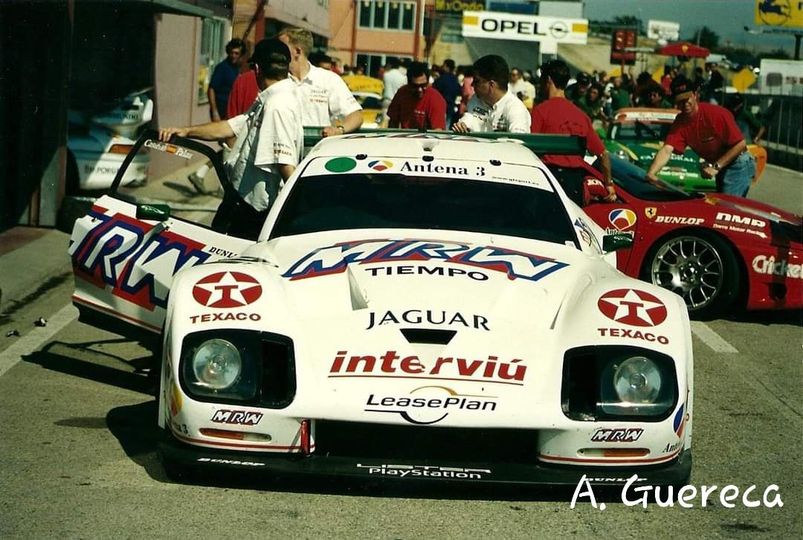
In 2001, this Storm continued in Spain, now in the hands of Miguel Ángel de Castro and Balba Camino, with emphasis on the victory obtained in the second heat of the Jarama stage.
In 2002, the Storm was acquired by Brazilian Alcides Diniz, driver and businessman (and uncle of F1 driver, Pedro Paulo Diniz), and was entered in the Mil Milhas, a race that Alcides had won in 1970 alongside his brother, Abílio. The car arrived in the country the day before the race, and took pole position at the hands of Scotsman Jamie Campbell-Walter, who would run the race in partnership with Alcides himself, Alfredo Guaraná Menezes and Belmido Júnior. It would be a hurry, as the sets of tires purchased for the race were held up at customs, so the Scottish driver took the car to the pits after just 12 racing laps.
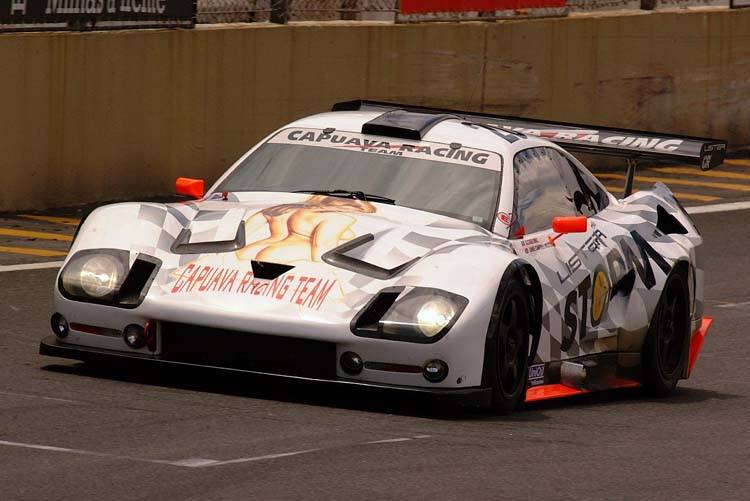
In 2002, the Storm would also be entered in the 500 Kilometers of Interlagos, driven by Alcides and Beto Giorgi, a race in which it again took pole position and completed the race in second position, after a fierce dispute with Paulo Bonifácio’s Porsche 996 GT3, Dener Pires and Max Wilson.

For 2003, Capuava Racing acquired a Mercedes CLK DTM to compete in Brazilian races, so the Storm would be relegated to the garage for a period, until it was registered again for the Mil Milhas, now the 2005 edition of the race.
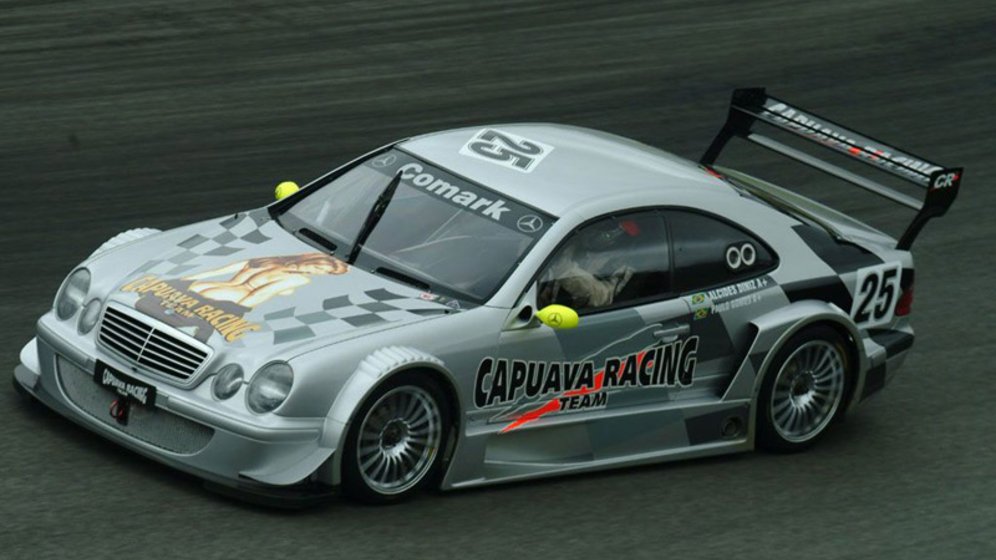
Ranking fifth overall, the English GT suffered a serious accident when it collided with the Spyder of the trio Jair Bana, Duda Bana and Marcos Silva, leaving it out of the race.

The Storm would still be entered in the 2006 edition of the Thousand Miles, qualifying in ninth position with driver Pedro Lamy, but did not even start, as Capuava Racing chose to compete in the race with its new Mercedes CLK DTM.
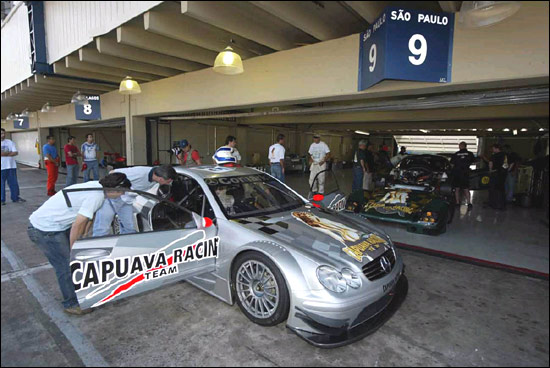
After Alcides Diniz’s death in June 2006, the Storm was sold along with other cars in his collection, such as the Mercedes CLK GTR and DTM and the Aston Martin DBR9.
Tech Analysis
In terms of aerodynamics, the “Brazilian” Lister presented some particular solutions, considering the technical freedom that the local regulations allowed.
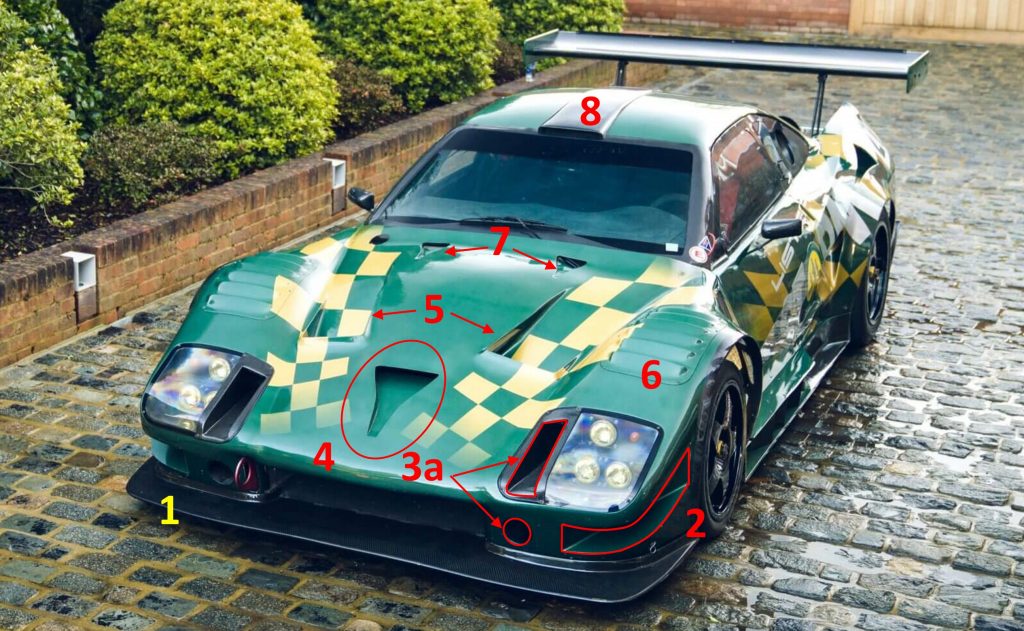
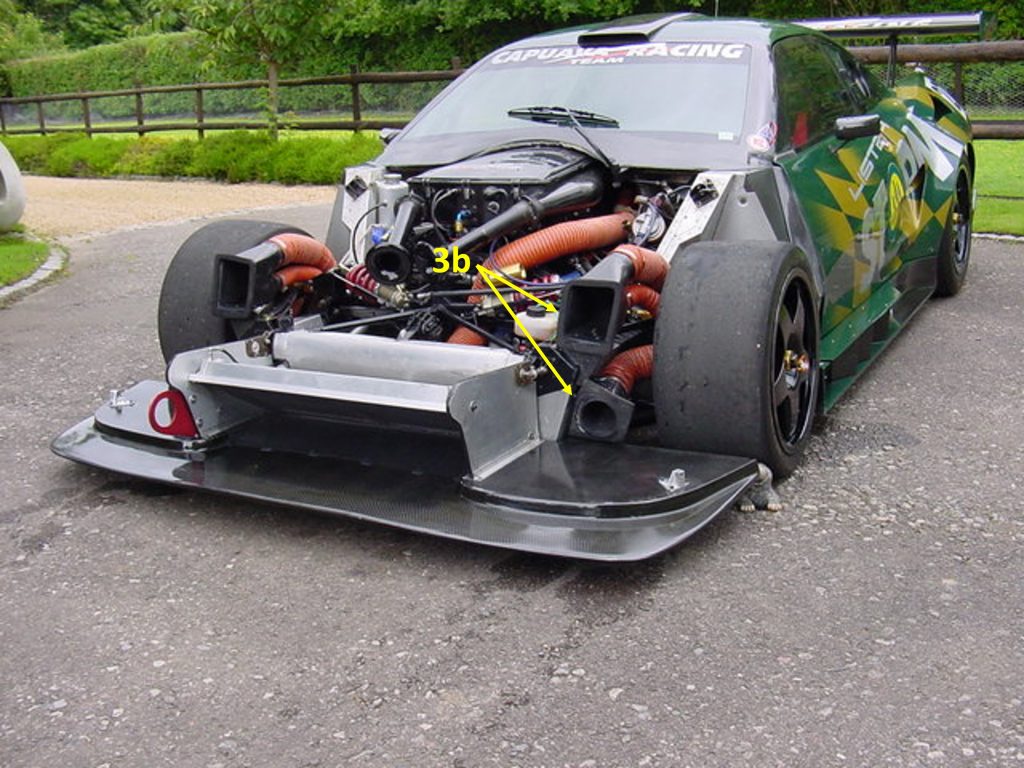
At the front, we can see the splitter (1) with a slot (2) acting as a canard (a solution apparently exclusive to the Capuava Racing car). We can also see the two air intakes for the front brakes (3a), rectangular and circular in shape. In addition to the lower air intake for the front radiator, there is a NACA intake (4) for the engine air intake, a solution that was eventually replaced on factory Listers for a rectangular intake (see the image below of a Lister from the FIA GT, for comparison purposes).
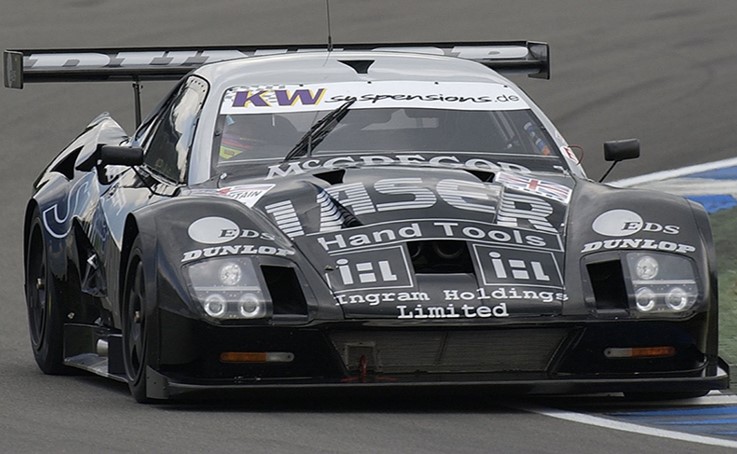
Furthermore, still in the previous image, we can see two radiator ventilation outlets (5), and the wheel arches have louvres (6), another particularity developed in Brazil. Two small NACA-type inlets (7) supply air for cockpit ventilation in conjunction with the air inlet on the roof (8), unlike European Listers, which have a NACA duct on the roof.
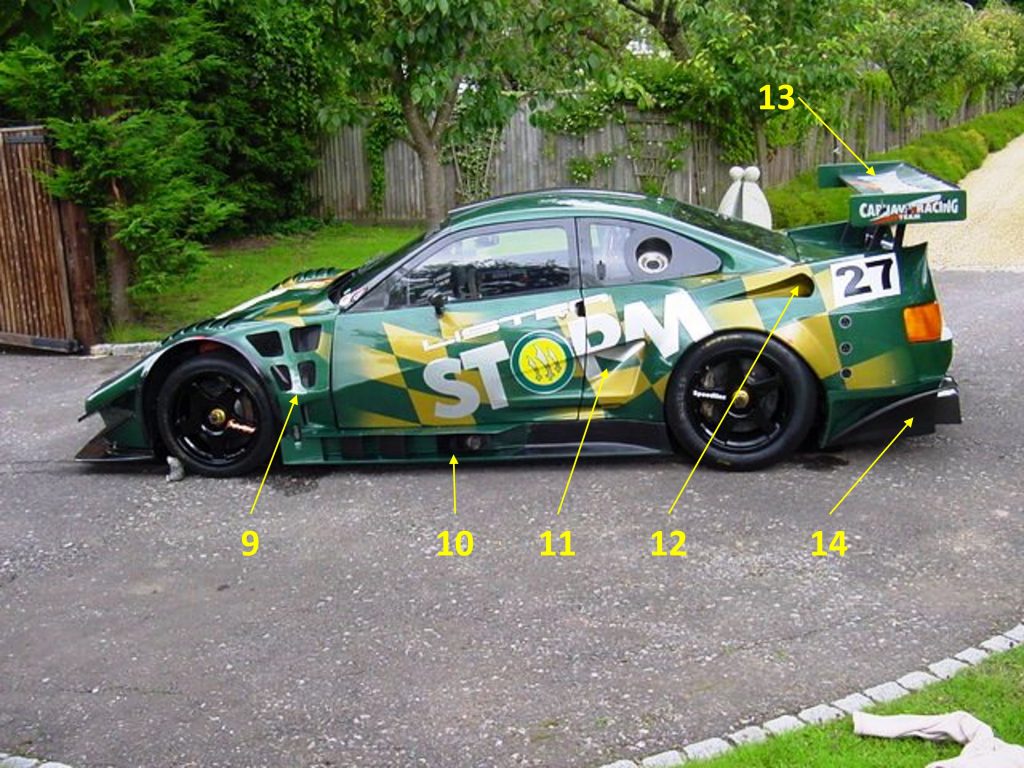
On the side, we can see the ventilation openings of the front wheel arches typical of the Storm (9), the double exit exhaust (10), and the side ventilation openings (11) and (12), the latter used for cooling. of the rear brakes. We can also see the huge rear spoiler (13) and the rear diffuser (14), which has a curved profile in the external region.

Moving to the rear section, there are two dynamic and complementary air intakes for the rear brakes (15), another difference compared to the European Storm, which uses NACA intakes in this position. The rear wheel arches have vertical slots for ventilation (16) and the rear diffuser (17) has two pairs of vertical strakes, another difference to the FIA GT Storm which only used a pair of strakes towards the center of the diffuser.
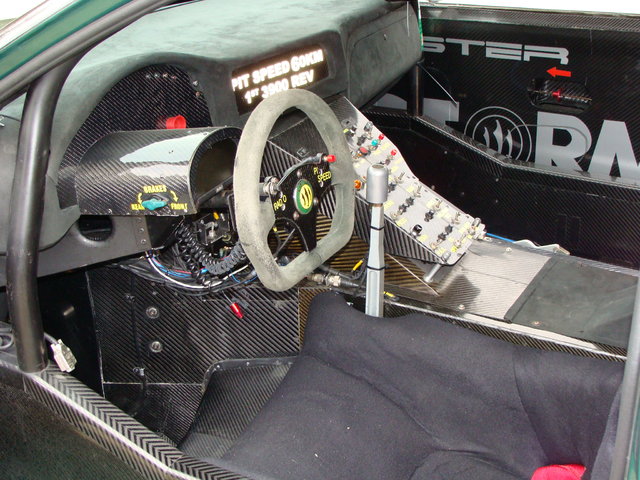
Another curiosity: the Lister from Capuava is the interior, which uses carbon fiber in several carbon fiber components developed in Brazil by Martarello, a contrast to the more “spartan” interior of the factory Lister:

Competition history
Below is the competition history of the Lister Storm chassis 008:
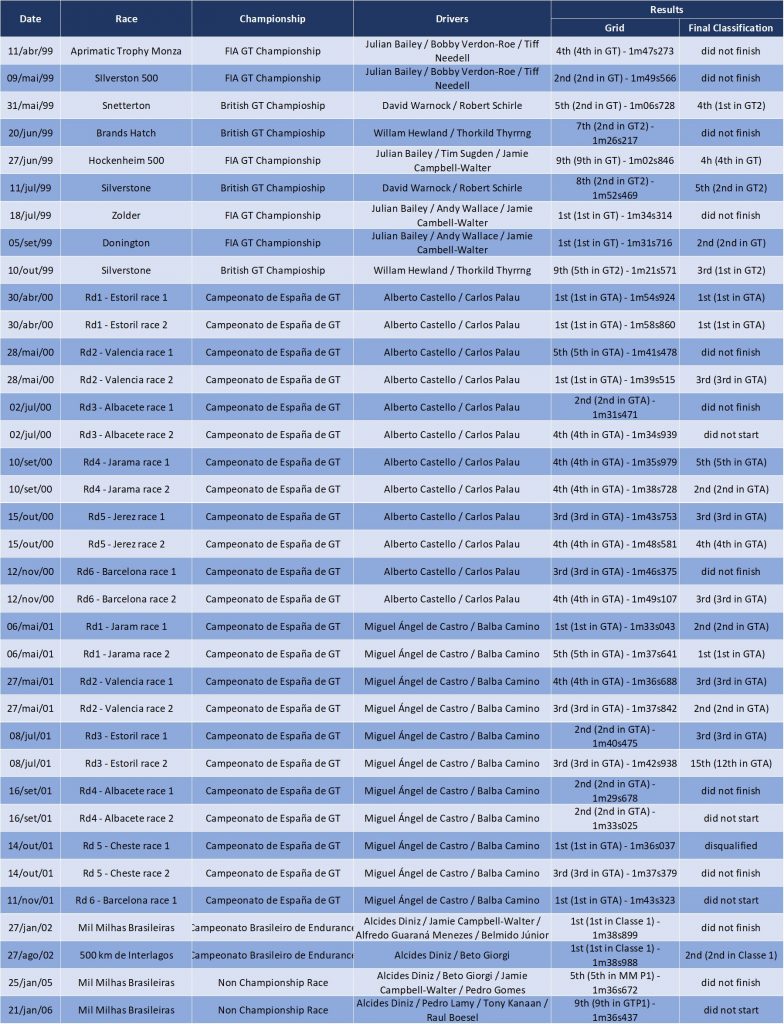
You might also be interested in:
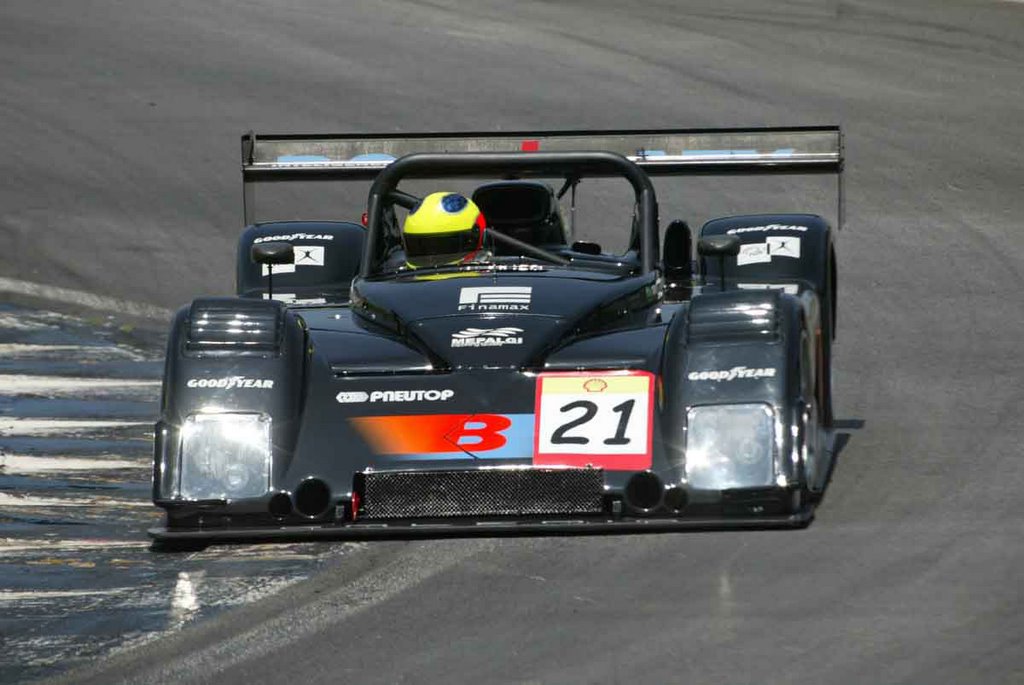
ZF01 (2004 – 2006)
The ZF01 was a Brazilian version of the American Riley&Scott Mk III, produced under license by JL, now Giaffone Racing.
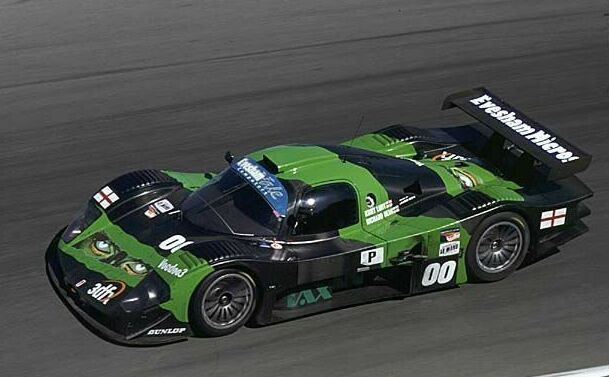
Sintura S99 GT1 (1999)
The Sintura was the swan song of the GT1 class specials, arriving to the party when the lights had already gone out.
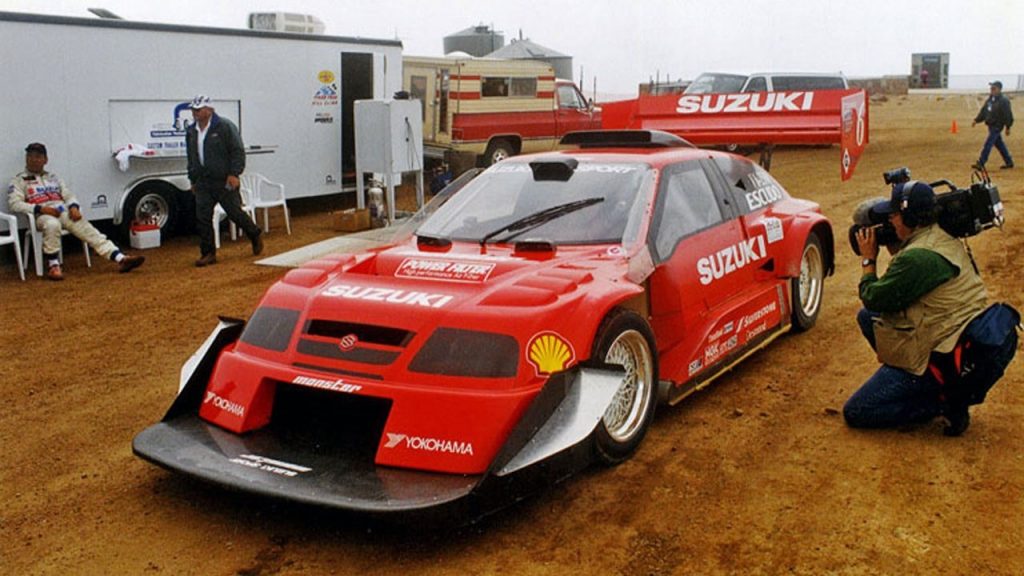
Suzuki Escudo Pikes Peak Special (1994 – 2001)
The Suzuki Escudo Pikes Peak is one of the most iconic cars in the Gran Turismo franchise and the face of the Pikes Peak Internation Hill Climb.


Hi! Excellent material!!
I only miss the part that Lister had a “open” prototype https://exclusivecarregistry.com/details/lister/storm/41631
That car was BEAUTIFUL!!!
Thanks mate!
That car was really impressive, hopefully we will feature the LMP in the near future as well!
I redesigned the 86 GT and completely designed the GTL, it was a fun time taking on the big manufacturers, lots of happy memories, I was the race engineer as well, ran number 45 in le mans 97, oh and they didn’t both retire on the same lap as you have written, car 45 went out in the 3rd stint with George Fouche driving, he lost the rear at Arnarge and hit the barrier with the rear of the car, it damaged the wing mounting structure which meant we had to retire it, the other car ran for longer but eventually retiring, the gearbox was always the weak point, we expected a box change sometime in the 24.
worked at Lister from late 95 to mid 98, working with Laurance was always challenging, he had a huge ambition and we worked so hard, I remember working for 3 months without a day off, but its not work is it…….its the obsession of trying to build and run a car to beat everyone…..